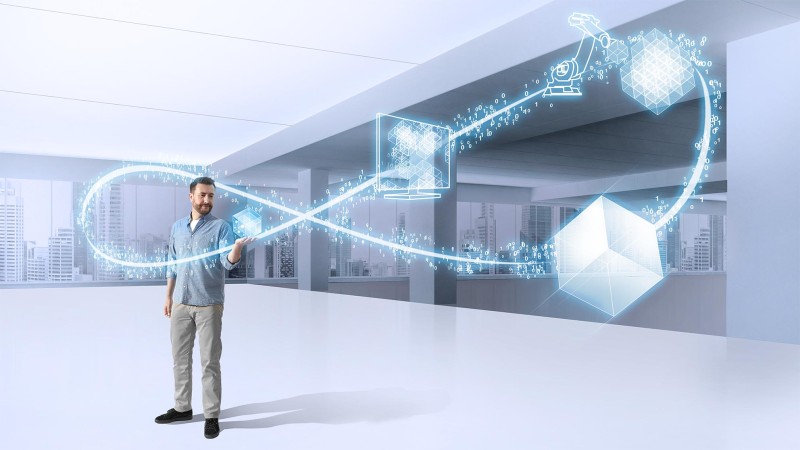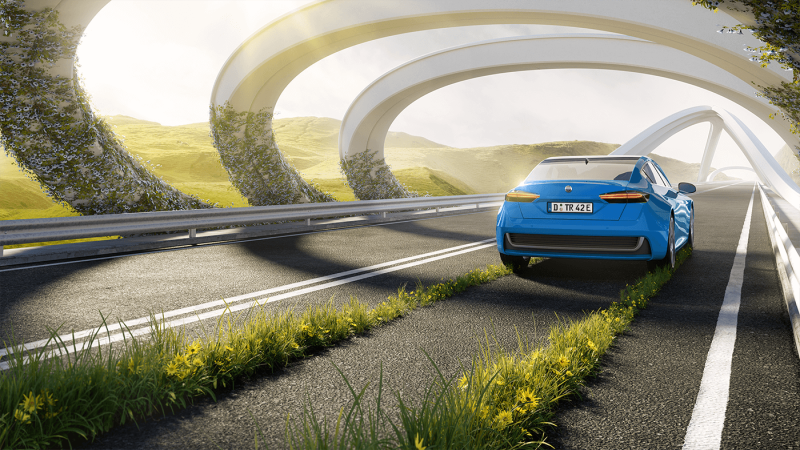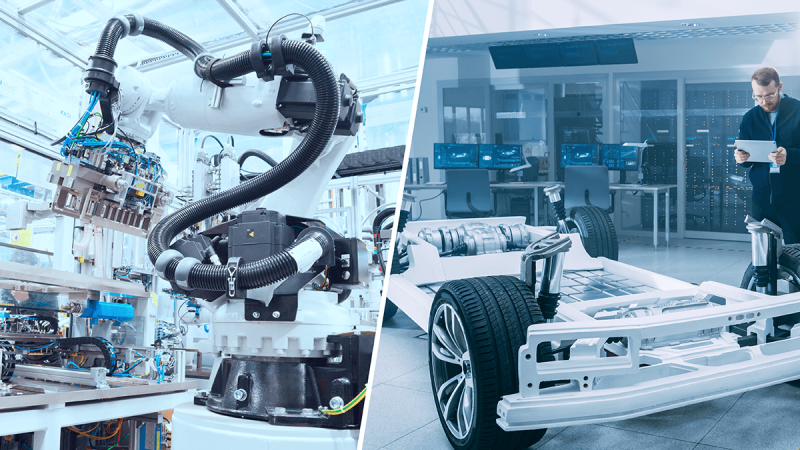Breaking down the EU Green Deal: How Digital Twins pave the way to a greener future
Welcome to the first edition of "Sustainability Insights", our new blog series dedicated to discussing sustainable engineering and its impact on our society. In this first post, we will delve into the European Union's Green Deal, exploring what it entails, why it is important, and how technologies like digital twins are key to achieving its ambitious goals. The European Union's Green Deal is a comprehensive plan aimed at transforming Europe into the world's first climate-neutral continent by 2050. The roadmap addresses various aspects of sustainability, including energy, transport, agriculture, and industry.

Why is the EU Green Deal so important?
Firstly, it recognizes the urgent need to combat climate change and protect our planet for future generations. By committing to becoming climate-neutral, the EU is taking on a leading role in global efforts to reduce greenhouse gas emissions and mitigate the impacts of climate change.
The Green Deal also presents a significant opportunity for economic growth and job creation. By investing in sustainable technologies and practices, the EU aims to stimulate innovation and develop a competitive advantage in the global green economy. This transition will not only create new jobs but also improve the overall quality of life for European citizens.
Topics covered by the EU Green Deal
The Green Deal sets out goals for a wide variety of different societal and industrial sectors. Among the key topics are:
Decarbonization of the energy sector
through an increased share of renewable energy sources, improved energy efficiency, and the promotion of clean technologies. By transitioning to a clean energy system, the EU aims to reduce its dependency on fossil fuels and significantly lower greenhouse gas emissions.
Sustainable mobility
by promoting electric vehicles, improving public transportation, and investing in cycling and walking infrastructure. These measures aim to reduce air pollution, congestion, and reliance on fossil fuel-powered vehicles.
Biodiversity and sustainable agriculture
through the adoption of practices like organic farming and agroecology while also protecting and restoring ecosystems. This is to ensure food security, protect biodiversity, and enhance the resilience of rural communities.
In addition to these topics, the EU Green Deal also covers areas such as circular economy, building renovation, and sustainable finance. Each of these areas plays a crucial role in achieving the overall objective of a climate-neutral Europe.
Given this broad scope and the ambitious goals of the Green Deal, it’s clear that all industrial sectors need to find appropriate solutions. But what can these solutions look like? And which technologies can help us get there? If you’re looking to answer these questions, there is no way around cross-company collaboration – and interoperable digital twins.
How digital twins contribute to achieving sustainability goals
It’s no secret that digital twins hold a massive potential for making productions more sustainable. According to a study conducted by Capgemini in 2022, nearly 60 percent of organizations agree that one of the key drivers of their investment in digital twin technology is to improve sustainability efforts. More than a third have already implemented digital twins to understand and predict their energy consumption and emissions. And while these in-company use cases will certainly play a big role in the journey towards a greener production, they’re still not enough to achieve the goals set out by the Green Deal. For an actual green production, digital twins must be interoperable – enabling cross-company data exchange and sustainability use cases that encompass a product’s entire lifecycle.
Solutions like our own Digital Twin Registry are the basis for such use cases. It functions as a decentralized registry where companies can store their individual digital twins – like an almost infinitely scalable phone book for creation, storage, and assignment of millions of digital twins. Companies can then securely exchange their data in data spaces like the Catena-X ecosystem for the automotive manufacturing industry, while maintaining the data sovereignty of each organization. The registry thus acts as a secure intermediary between queries and data endpoints as a single entry point for all phases of a product's life, enabling the implementation of cross-company use cases like the Product Carbon Footprint (PCF).
Collaboration is key
Of course, solutions for fulfilling the EU Green Deal must go far beyond the technology itself. They rely on the commitment and action of organizations and their willingness to collaborate on sustainability topics and use cases. Let's embrace the EU Green Deal and work together towards a greener, more sustainable future for our community and the planet as a whole.
Stay tuned for more insights in the next edition of "Sustainability Insights”.
Timeline of the European Green Deal
Get in touch with us
Monday – Friday, 9 a.m. – 4 p.m. CET









